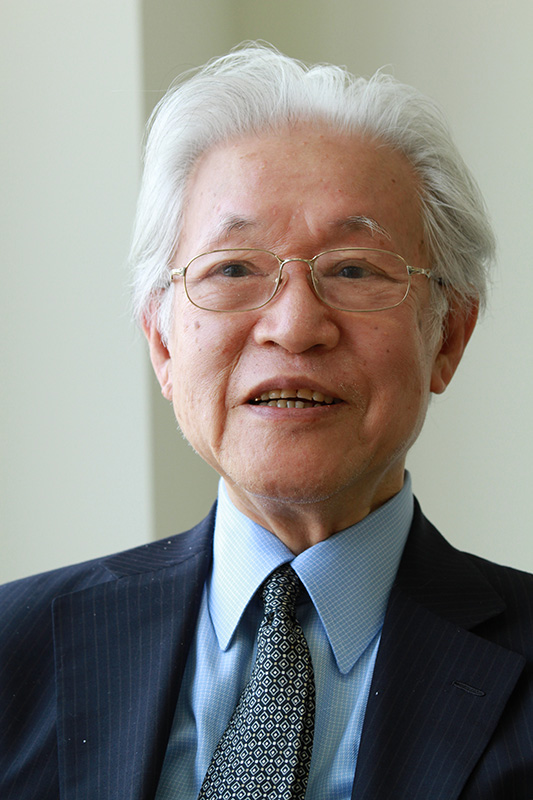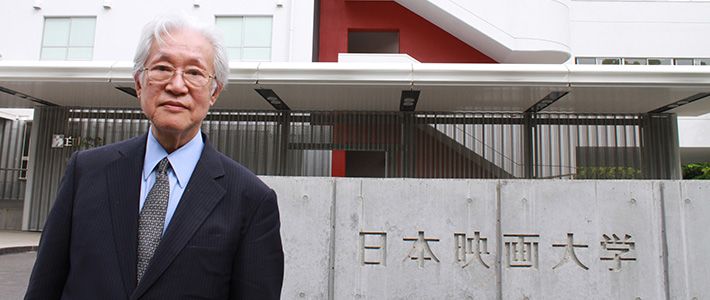
Educating the Next Generation of Japanese Filmmakers
Culture- English
- 日本語
- 简体字
- 繁體字
- Français
- Español
- العربية
- Русский
Learning from the Pros
INTERVIEWER Please tell us a bit about the Japan Institute of the Moving Image.
SATŌ TADAO The Institute dates back to 1975, when it was known as the Yokohama Junior College of Broadcasting and Film. The school was started by the famous director Imamura Shōhei along with a number of like-minded colleagues. He set up a film academy with himself as director. In 1985 the school became a three-year vocational college named the Japan Institute of the Moving Image. Along with this change, we moved to a new location at Shin-Yurigaoka in the city of Kawasaki. In April 2011, we completed our new Hakusan Campus as the basis for the school becoming a full-fledged four-year university. In Japan, universities have to meet quite stringent requirements in terms of land and buildings. With the help of the Kawasaki government, which made available an empty plot of land that had previously housed an elementary school, we were finally able to establish ourselves as a full four-year academic institution.
By doing so, we have finally fulfilled the dream of our founder. For a long time, people were aware that a vocational college with a curtailed curriculum was no longer sufficient to meet the needs of an increasingly internationalized and educated society. The film world in Japan is quite international in outlook, and there is a real need for an educational qualification that enables people to participate fully in a dialogue with their counterparts in other countries.
INTERVIEWER How would you sum up Imamura Shōhei’s aims when he founded the school?
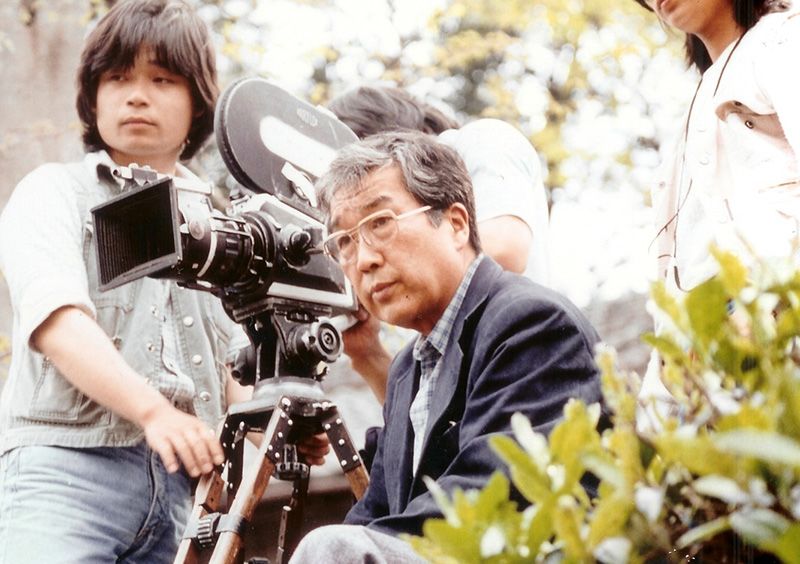 SATŌ The film industry in Japan got rid of assistant directors back in the 1970s. Those were the twilight years for the Japanese film industry, when the studio system had all but collapsed. Previously, the studio system was based on a strict hierarchy. Youngsters would start off as assistants and learn the techniques of filmmaking from older colleagues, serving an apprenticeship of anywhere between five and ten years in one of the different departments—directing, shooting, editing, artwork, and so on. Then they would branch out on their own. The studios were like a school. The loss of this system deprived young people of a way into film. Studios went bust and many filmmakers found themselves out of work. That was another motivation for founding the school—to bring together young people and filmmakers who had nowhere else to go. One of the things Imamura always insisted on was that professional filmmakers should pass on the techniques of filmmaking to students based on their own experiences on the set.
SATŌ The film industry in Japan got rid of assistant directors back in the 1970s. Those were the twilight years for the Japanese film industry, when the studio system had all but collapsed. Previously, the studio system was based on a strict hierarchy. Youngsters would start off as assistants and learn the techniques of filmmaking from older colleagues, serving an apprenticeship of anywhere between five and ten years in one of the different departments—directing, shooting, editing, artwork, and so on. Then they would branch out on their own. The studios were like a school. The loss of this system deprived young people of a way into film. Studios went bust and many filmmakers found themselves out of work. That was another motivation for founding the school—to bring together young people and filmmakers who had nowhere else to go. One of the things Imamura always insisted on was that professional filmmakers should pass on the techniques of filmmaking to students based on their own experiences on the set.
Another idea Imamura had was that teaching should be done entirely in English. Recently, several major companies in Japan have started to shift to using English as their main language—but in the field of education, Imamura was among the first to see the merits of this approach.
Leading Directors Among the School’s Graduates
INTERVIEWER Is the school’s role similar to that of a film workshop in that sense?
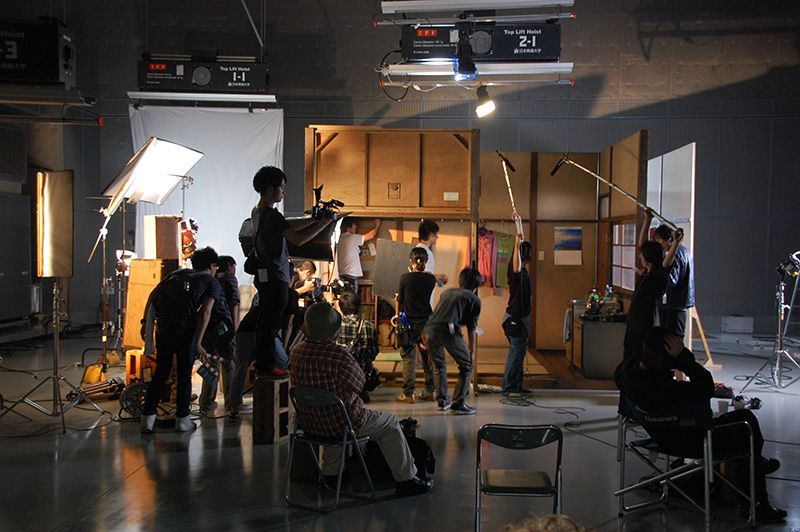 SATŌ One thing that makes our school distinctive is the fact that our instructors have always been leading professionals in their field. They are people who have been at the forefront of international filmmaking, including such masters such as Imai Tadashi, Yoshimura Kōzaburō, Urayama Kirio, and Shinoda Masahiro. After students graduate and begin their careers, it is their turn to look after those who come after them. In this way, the school cultivates the skills and talents of a new generation of young filmmakers.
SATŌ One thing that makes our school distinctive is the fact that our instructors have always been leading professionals in their field. They are people who have been at the forefront of international filmmaking, including such masters such as Imai Tadashi, Yoshimura Kōzaburō, Urayama Kirio, and Shinoda Masahiro. After students graduate and begin their careers, it is their turn to look after those who come after them. In this way, the school cultivates the skills and talents of a new generation of young filmmakers.
Perhaps our best-known graduates are people like Miike Takashi (The 13 Assassins, 2010) and Lee Sang-il, (Akunin, 2010). But filmmaking is about much more than just directors and we’re very proud of all the technicians who are now working in such fields as cinematography, lighting, art direction, and recording. Many of our graduates have won technical prizes from the Japan Academy. This network of personal contacts between people who have gone on to make their way in the film world after graduation is one of the main reasons why the school has thrived for so long.
Japanese Film in Search of a Subject
INTERVIEWER One criticism often leveled at films by young directors in recent years is that they lack breadth or ambition. People claim that young directors today can only depict events that take place within a single confined space, and lack any kind of social message. What do you make of criticisms like this?
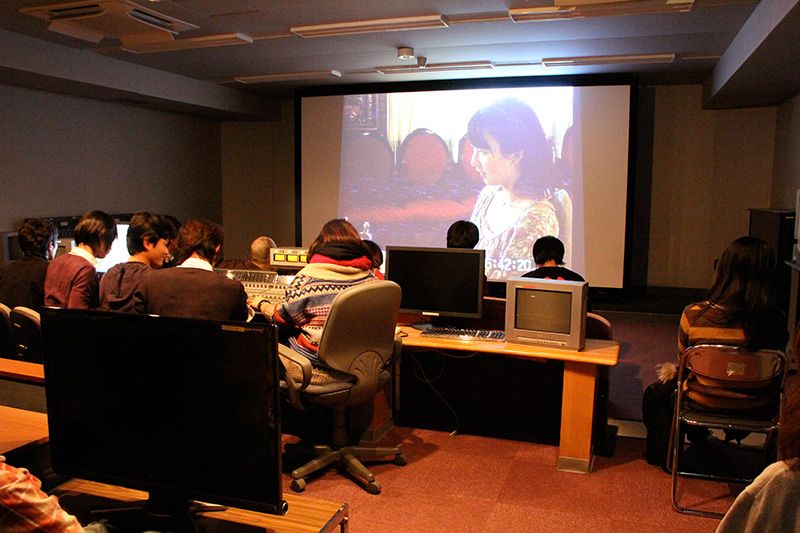 SATŌ The biggest problem in Japanese film right now is a lack of direction. People are unsure of what kind of films they should be making. This is true right across the board—from student films to professional productions. Back in the Golden Age of Japanese film, there were a number of subjects that everyone could agree on: overcoming poverty, establishing democracy, the expansion of women’s rights, and so on. In those years, large numbers of films produced on these themes won international acclaim. But today it is much more difficult to treat serious topics in a straightforward manner.
SATŌ The biggest problem in Japanese film right now is a lack of direction. People are unsure of what kind of films they should be making. This is true right across the board—from student films to professional productions. Back in the Golden Age of Japanese film, there were a number of subjects that everyone could agree on: overcoming poverty, establishing democracy, the expansion of women’s rights, and so on. In those years, large numbers of films produced on these themes won international acclaim. But today it is much more difficult to treat serious topics in a straightforward manner.
It’s much harder to make movies that tell a big story. People today tend to be more skeptical or cynical about things. Perhaps they lack the confidence to tackle narratives about social upheavals and shifting moral values. Directors like Kurosawa made clear moral statements in their work that anyone could understand. But like many people, I feel that even Kurosawa’s films were less successful once he was no longer able to address universally accepted moral values.
INTERVIEWER What are your views on the “production committee” films being made these days with television money?
SATŌ In the days of the studio system, the way the system worked was that you would make a number of popular films that would generate a profit. The financial cushion provided by these money-making films was what allowed the great directors to make more artistically ambitious films. The two genres existed in equilibrium, in a kind of symbiotic relationship. It was under this system that directors like Ozu Yasujirō [1903–1963] and Mizoguchi Kenji [1898–1956] produced their great masterpieces. But the decline of the film industry meant films no longer made a profit, and this destroyed the conditions that had made the great films possible. I think it’s true that many young filmmakers are not entirely happy with the kinds of movies produced under the production committee system employed by the TV stations today. Whatever its drawbacks, though, you can’t deny that the system has succeeded in reestablishing a way of making profitable films. But so far we haven’t reached the next stage, which would be to invest the profits to make high-quality artistic films that enhance the prestige of the studio.
Only Young Directors Can Depict the Problems of Youth
INTERVIEWER What are the major issues confronting Japanese film in the years to come?
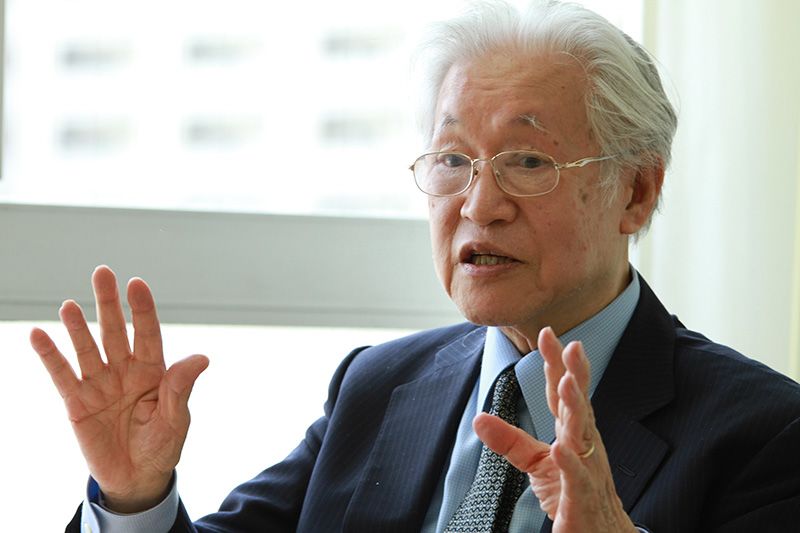 SATŌ For those currently in school, it is enough if they are able to stand on their own feet as independent film makers in ten years’ time. It is not necessary for them to make commercially viable work while they are still students. As a film critic, I always make a point of watching all of the students’ work myself and giving a reasoned critique of each and every film.
SATŌ For those currently in school, it is enough if they are able to stand on their own feet as independent film makers in ten years’ time. It is not necessary for them to make commercially viable work while they are still students. As a film critic, I always make a point of watching all of the students’ work myself and giving a reasoned critique of each and every film.
One thing I have learned as a result of this is only young people, who are still immature in certain ways, can depict the problems facing their generation. Conflicts with parents, self-harm, social withdrawal—when an older person tries to address these issues, the depiction is often marred by problems of perspective. The film often seems to look down on the problem. For me, it was a major discover to realize that young people have an ability to deal with some issues that older filmmakers cannot. It was one of those moments when I felt blessed to have made a career in teaching.
Nowadays anyone can make a film. There are far more opportunities and much more freedom than in the past. But are we producing masterpieces as we did in the Golden Age? That’s less certain.
For a time in the past, Japanese films were a driving force in world cinema. One had a sense that Japanese filmmakers were at the head of their profession globally. If we are going to build the momentum to make that kind of thing possible again, we need a place for likeminded filmmakers to come together and share their ideas.
In the old days, that is how the studios used to function. Ability and talent emerge not just when gifted people associate in a certain place, but when that environment somehow nurtures their talent and helps it to grow. That’s our ambition—we want the Japan Institute of the Moving Image to be a place for talent to gather and grow.
(Originally written in Japanese by the film journalist Matsuzaki Takeo. Interview photography by Taniguchi Masahiko.)
The Japan Institute of the Moving Image
The forerunner to the current institution was the Yokohama Academy of Broadcasting and Film, founded in 1975 by Imamura Shōhei, a director who had made a long string of successful independent films without depending on investment from the major studios. Imamura called for “young people who are not content to follow the conventional path” to join his school, and hired leading filmmakers to work as instructors. The school teaches in small groups, using the same equipment as studio pros, and guides students through the filmmaking process from planning to completion. After graduation, many graduates put their skills to use as professional filmmakers. In 2011 the school was relaunched as a four-year college, making it the only full-fledged film studies university in Japan. In addition to specialized courses on script and performance, filming and lighting, sound recording, editing, documentary making, and theory, the curriculum also encourages image-based cultural interaction with the local community. Currently active directors who graduated from the school include: Miike Takashi, Sasabe Kiyoshi, Motohiro Katuyuki, Lee Sang-il, Yamaguchi Yūdai, and Matsue Tetsuaki.
culture movies Japanese film Japan Institute of the Moving Image Imamura Shohei Cannes Sato Tadao Yokohama Academy of Broadcasting and Film film critic Kinema Junpo Urayama Kirio Miike Takashi Lee Sang-il Shinoda Masahiro Imai Tadashi film school
